Learning Aim A
TASK ONE: Types
Task 4: Techniques
Straight Cut
This is considered as the most basic cut regarding techniques. Two clips on the timeline are linked together. This is the standard cut: one clip ends, and the next begins. The audio track and the clip both change at the same time. If you've ever combined two or more videos on a single timeline, you've made a straight cut.
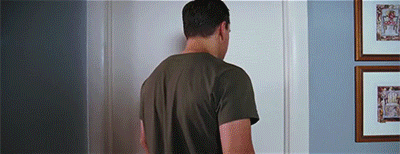
Transitions:Fade + Dissolves + Wash + Wipe
A film transition is a method used in the post-production of film editing and video editing to merge scenes or shots. The most typical way to accomplish this is through a standard cut to the following shot. Dissolves, fades (typically to black), wash, and wipes are examples of other transitions.
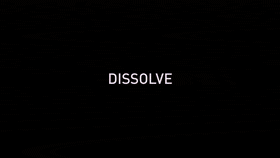
Cross Cutting
Cross-cutting is a cinematic editing technique that is commonly used to create action taking place at the same time and typically in the same location. The camera will cut away from one action to another in a cross-cut, which can imply that these two acts are happening at the same time, but this is not always the case.
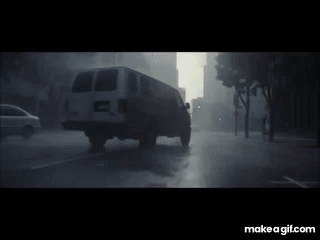
Quick Cut
Quick cutting is a film editing technique that refers to a series of short-duration shots for approximately 3 seconds or less. It can be used to convey a lot of information fast, or to imply either energy or disorder. Many of Michael Bay's feature films make considerable use of fast-cutting.
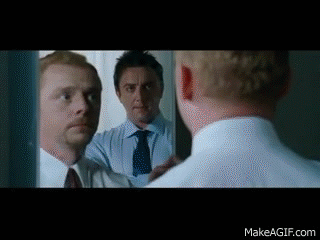
Long take
A lengthy take in filmmaking is a shot that lasts far longer than the typical editing tempo of the film or films in general. Long takes frequently include significant camera movement and sophisticated blocking, but this is not always the case.

Elliptical Editing
Elliptical editing is a method of film editing in which a long set of clips that are not entirely necessary for the overall narrative of the film are condensed and shortened to provide a more interesting finished video for the audience
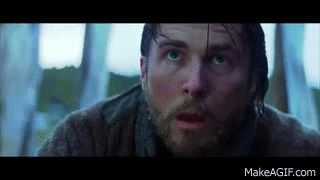
Cutaway
The cutaway shot is a classic filmmaking and editing technique that may be found in practically every film and television show. A cutaway shot is a supplementary shot that "cuts away" from the primary action to show something else in the scene, such as an object or location.
Cut-Ins
Cut-ins highlight a specific area of a scene, providing a close-up or detailed picture of a certain point-of-focus. Cut-ins can help to improve the mood or comprehension of a scene, as well as the fluidity and continuity of the action. Cut-ins are deemed to be important because footage of a moving character may be captured from multiple angles rather than a tracking shot, either for aesthetic reasons or to lessen the risk of damaging a camera while in motion.
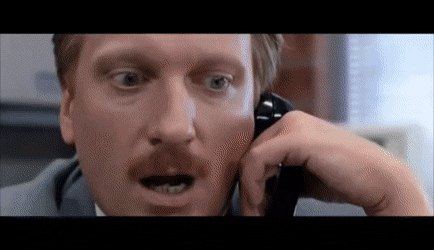
L cut & J Cut
J-cuts are scene transitions where the audio of the next scene precedes the picture change. In an L-cut, the audio carries over from the previous scene into the following one, despite visual changes

Eyeline Match
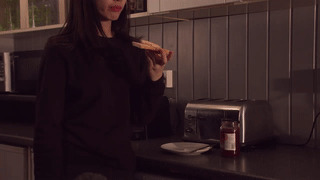
Eyeline match is a film editing technique to indicate to the audience what a character is seeing. Eyeline match allows the audience to believe that they're looking at something through the eyes of the character. In a scene with multiple shots of different characters interacting, it must be clear who is looking at whom.
Match On Action
Match on action is described as a film editing and video editing procedures in which the editor cuts from one shot to another view that matches the action in the original shot. The second shot's entry must match the screen direction and motive rhythm of the first shot's exit.
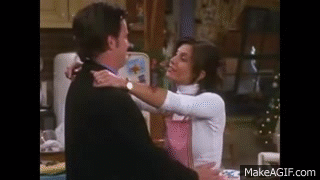
Shot/Reverse shot
The shot/reverse shot is a film technique in which two people in the same scene are captured on film independently from different camera angles. The scene then shifts to a reverse viewpoint in which we see the offscreen individual conversing with the first character except this time the first character is the one who is offscreen.
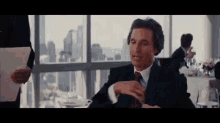
Reaction Shot
In motion picture film production, cinematography and video production, a reaction shot is a shot which cuts away from the main scene in order to show the reaction of a character to it, a basic unit of film grammar
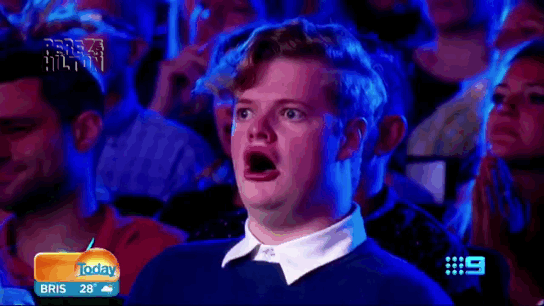
Establishing Shot

An establishing shot is the first shot in a scene that provides an overview of the setting. It is often shot from above as an aerial shot, offering a view from a distance that helps the audience orient themselves to and identify the time and/or location in which the scene is occurring.
360 Degree Shot
360-degree videos, also known as surround video, or immersive videos or spherical videos, are video recordings where a view in every direction is recorded at the same time, shot using an omnidirectional camera or a collection of cameras.
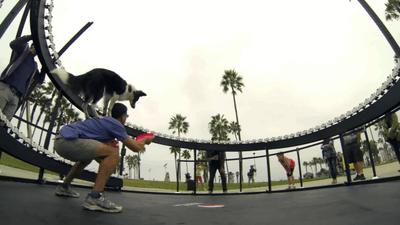
180 Degree Shot
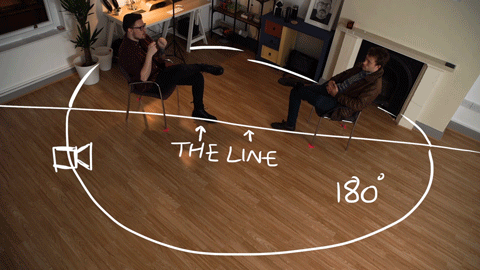
The 180-degree rule in cinematography states that the camera should stay on one side of an imaginary line between characters to preserve visual consistency.
(https://www.masterclass.com/articles/understanding-the-180-degree-rule-in-cinematography)
Jump Cut
A jump cut is a cut in film editing in which a single continuous sequential shot of a subject is broken into two parts, with a piece of footage being removed in order to render the effect of jumping forward in time.

Graphic Match
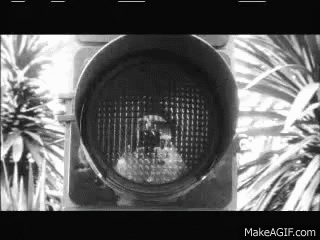
A graphic match (as opposed to a graphic contrast or collision) occurs when the shapes, colors and/or overall movement of two shots match in composition, either within a scene or, especially, across a transition between two scenes.
Freeze Frame

In film and video, a freeze frame is when a single frame of content shows repeatedly on the screen—"freezing" the action. This can be done in the content itself, by printing or recording multiple copies of the same source frame. This produces a static shot that resembles a still photograph.
Slow Motion
Slow motion is an effect in film-making whereby time appears to be slowed down. It was invented by the Austrian priest August Musger in the early 20th century.

Split Screen
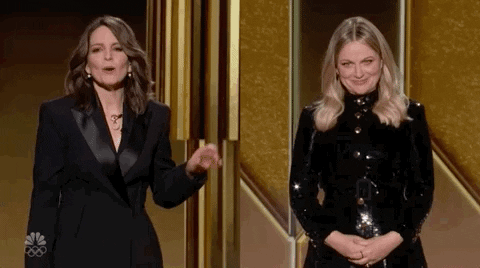
Split screen is the combination of two or more scenes films separately which appear in the same frame. Religious art exploited the idea of multiple images for centuries
(https://filmglossary.ccnmtl.columbia.edu/term/split-screen/)
FlashBack/Flash Forward
When a writer decides to inject elements from the past into a present narrative in order to provide vital plot material or insight into a character's motivation, this is referred to as a flashback. A flash forward, on the other hand, occurs when an event that has yet to occur in the current narrative time period intrudes.
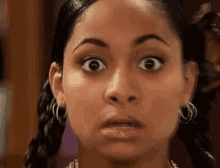
Task 5 - Purpose
Task 6- Non-Continuity
From the transition from continuity to non-continuity I found out that it's easier to be more creative with the development of short 1 minute segment videos. With creating the non-continuity segment, I enjoyed more as it allowed me to explore more avenues within editing to develop a good and interesting segment video for the audience. When pictures are mismatched to create the illusion of time and place, this is referred known as non-continuity editing. This focuses the audience's attention to the cutting process and disrupts the illusion of reality. The usage of flashbacks within the creation of a non-continuity editing segment video is one example. With this process we were given four examples to go by to go a film and generate and the example that I went onto film was a reality tv show segment. So, through my searching I decided to mimic the tv show “Love Island” as I believed that was the best way to go with this specific continuity. I began with using a green screen to implement the feel of reality to the audience. From the transition from continuity to non-continuity I found out that it's easier to be more creative with the development of short 1 minute segment videos. With creating the non-continuity segment, I enjoyed more as it allowed me to explore more avenues within editing to develop a good and interesting segment video for the audience. When pictures are mismatched to create the illusion of time and place, this is referred known as non-continuity editing. This focuses the audience's attention to the cutting process and disrupts the illusion of reality. The usage of flashbacks within the creation of a non-continuity editing segment video is one example. With this process we were given four examples to go by to go a film and generate and the example that I went onto film was a reality tv show segment. So, through my searching I decided to mimic the tv show “Love Island” as I believed that was the best way to go with this specific continuity. I began with using a green screen to implement the feel of reality to the audience. In the beginning of the sequence I was able to record each cast with a introduction and who they are and what there here for. In relation to the time frame i wasn't able to do that with every cast so I used the method of non-continuity and cut out segments so that they could just introduce their names. This is called quick cuts, quick cuts is a film editing technique which refers to several consecutive shots of a brief duration. It's used to quickly convey much information to the audience which I wanted to do. With this non-continuity sequence there's some positives and negative which I feel were within this segment. To begin within, the positives of this sequence was that I manage to create a clear and understandable narrative for the audience through the use of the greenscreen which enabled me to implement the the theme of a reality tv show being 'Love Island'. I found this beneficial to the segment as it allows the audience to differentiate the difference between a normal Tv show and a reality Tv show. On the other hand, the negative that I would say about this sequence is that due to the high key lighting that appeared distributed the effect that the green screen was supposed to display which could give the viewers a hard time understanding the narrative of the segment.
Terminator Non-Continuity
Non-Continuity
Task 7 - Continuity Sequence
Produce a 30 second edited sequence for one of the scenarios:
1) A couple meet for the first time
2) A person enters the room and logs on their computer
3)Someone buys an object from the shop
4) A person gets ready and leave their house
In judgment to my continuity trailer my main objective was to make clear the number of shots I take for simple shots to make a better viewing for the audience. The concept of my trailer was to recreate a date night with two couples. At first, I wanted to make the 1-minute film interesting and add a plot twist at the end, but I figured it was not ideal with the period provided so I decided to keep it simple with the many camera shots that I have taken to portray the best scenes to display to the viewers. In my first shot I used a mid-shot to show the antagonist to the audience so they can get an estimate of who the main character is within the play. A medium shot is used to emphasize both the performer and their surroundings by providing them with an equal screen presence. I've found out through research that directors of a film use a medium shot to clearly portray the actor's face and emotions while telling the viewers about what is going on in the environment around them. In the beginning you can see the camera levitate from the ground up so the audience can see the full picture of the actor whilst I move into the mid-shot. I used many different shots to show different angles of the main character walking through the door. I believe that this part was the hardest part to implement within the film edit as I had to combine many shots to create one specific scene. For instance, with the first scene with the main character walking towards the door I took shots from many stand points such as the front, the side and the back whilst making sure his hand motions were exactly the same, so the shot fitted well and made the scene presentable to the audience. This is described as match on action, through research I discovered Match on action is used in film as an editing technique where one shot cuts to another, portraying the action that is present in the first shot. It is used as a form of continuity editing which maintains a consistency of the narrative, using a combination of different shots in a sequence. I think it was particularly important to implement this within the sequence because it allows the audience to focus on the story without noticing all the hard cuts in between. This was followed throughout the scene to continue the flow of the sequence. In addition, I also added non diegetic sound to create a humorous atmosphere for the audience which is another way to introduce the type of genre of film that I am displaying. I used the theme tune from “My Wife and Kids” as it is comedic sitcom so I believed it was a good way to provide a humorous aroma for the audience.
Continuity Editing
Narrative Breakdown
When writing my narrative breakdown i brainstormed a couple ideas and narrowed it down two ideas that i thought i could create into a good trailer . Both with similar ideas of the supernatural i've decided to go with the second narrative breakdown as i liked the concept of the failure of love through the notion of the supernatural and i also believe it will be more suitable to record and get down with the time frame given.
Shooting Script
Script
Video Log Sheet
Final Trailer
Evaluation
In relation to the theme being “Horror” I wanted to make sure everything I did (e.g., story idea, shooting and editing) was in remarkably close connection towards that. With the bases of my story idea, I went onto watch many trailers to grab ideas to then later mould into something new. I noticed with horror films that quick cuts are very pivotal in creating that horror feel for the audience whilst also presenting enough information to then leave the audience wanting more. Another creative choice that I wanted to develop into my trailer was to make sure that my storyline made sense and is understandable for the viewers. I believe that its critical to have a vivid storyline for the target audience to follow whilst leaving enough missing pieces for the audience wondering on what will happen next. In addition, I also noticed that scenery is also another important aspect to implement within my horror trailer which is why the majority of my shots that I took where taken around the evening or night or if not either they were taken in places where low key lighting was present to create that fear factor of the fear of the unknown. All these things I transferred into my own trailer to increase my chances of making my trailer as scary as possible. With this I started my horror trailer with an establishing shot to show the audience the scenery of where most of the scene is based. The initial shot in a scene that provides an overview of the setting which is known as an establishing shot (1). The establishing shot frequently shot from a far distance and used a lot in trailers provides a distant perspective that gives the viewers in orienting themselves to and identifying the time or area in which the scene is taking place which is why I placed my first shot as an establishing shot. I take many establishing shots to then go onto picking the best shot for my scene. Within this scene the elements of low-key lighting were essential in creating that horror feel for the audience whilst the use of the streetlights conveyed the theme of reality as streetlights are commonly used for guidance for pedestrians when dark .
In continuation of this shot I went onto making the protagonist of the trailer known towards the audience (2). The enigmatic effect of the multiple quick cuts makes it hard for the audience to understand why this may have occurred and what happened to him to him for this technique to be used. Quick cutting (3) generates a speed that leads the audience to assume that everything on screen is being done in hurry, creating a feeling of urgency with the feeling of suspense as well. I took many POV shots to give off the aroma to the audience that they are in the scene itself. The point of view is a crucial literary device for delving into a tale. The director’s point of view influences how the viewers understand and participates in the horror trailer. The expression point of view can be used to represent either the feelings, ideas, motives, and experiences of the characters which can also allow them to understand the emotions of each character. The point of view shots that I wanted my actors to do was mainly running scene as it gave the impression that they were being chased by something that isn't seen by the viewers which supports the narrative of the fear of the unknown. I knew with the support elements of the streetlights allowed the shots to contribute well with the genre of horror as the dark scenery is effective for drawing attention to serious subject matter such as the main character running. Low-key lighting translates well into black and white and is also popular in trailer within this genre. To support to my theme, I wanted to portray a clear understanding of the storyline of obsessive love hence the title “idee fixe” which means an idea or desire that dominates the mind, an obsession. So, with this knowledge I used the sub-genre of “supernatural” to help push the narrative of this. In one scene I displayed this with using two separate shots (one being a two shot and the other being a medium shot) to convey the thought of confusion. In the first shot you could see the main character (Hanley) and the antagonist (Thian) hugging each other affectionately to give the sense of love between the two. I took this shot around 2-3 times as I wanted the love between the two to be characterised well for the audience. As love is seen as a thing for the fairy tales I knew adding the two genres will create an atmosphere that the viewers couldn’t ignore. The second shot was where I wanted to bring the sub-genre to light, this is where we proceed to see the antagonist indulging in some witchcraft. This was done to show the obsession she had over Hanley and that she would go to any length to make sure that he is hers forever. As the two scenes were quite lengthy, I used the cutting tool on Adobe premiere to remove the bits I didn’t want and the bits I wanted so it could all flow nicely together. I believe that sound was another component that was important in bringing my narrative to life. Using a copyright free background horror sound to regurgitate the genre of horror was pivotal in my final trailer. Watching other trailers to gain inspiration I figure that sound was very important with the creation of trailers. The use of infrasound, particularly in horror films such as paranormal activity contributes to viewers' feelings of unease and anxiety and naturally puts people on edge as they anticipate the next scare. I also wanted to place the sound of bees to create the uncomfortable listening experience for the audience with the sound of demonic voices overlaying the bees which I believed that it would intensify the experience of the trailer.
Overall, I believe the outcome of my final trailer went to plan very well as I implemented many camera techniques which fitted the genre of horror, also understanding the use of editing techniques such as quick cuts, transitions and having a good pace to place the uneased ambience of what will happen next. In addition, I also believed I used a good choice of sound to expand the feel of fear. However, one thing I feel I could have done better was making the storyline just a bit clearer to the audience by having more understandable shots to make the trailer flow correctly for the audience. For instance, I could have implemented candles when the antagonist was casting spells on the protagonist to provide a better perception of what was going on at hand. Furthermore, I believe that I worked well with my shot selections and places that I shot at, as it fitted the horror theme very well allowing the audience to know that it’s a horror trailer rather than it be another theme.
(1)

(2)

(3)
